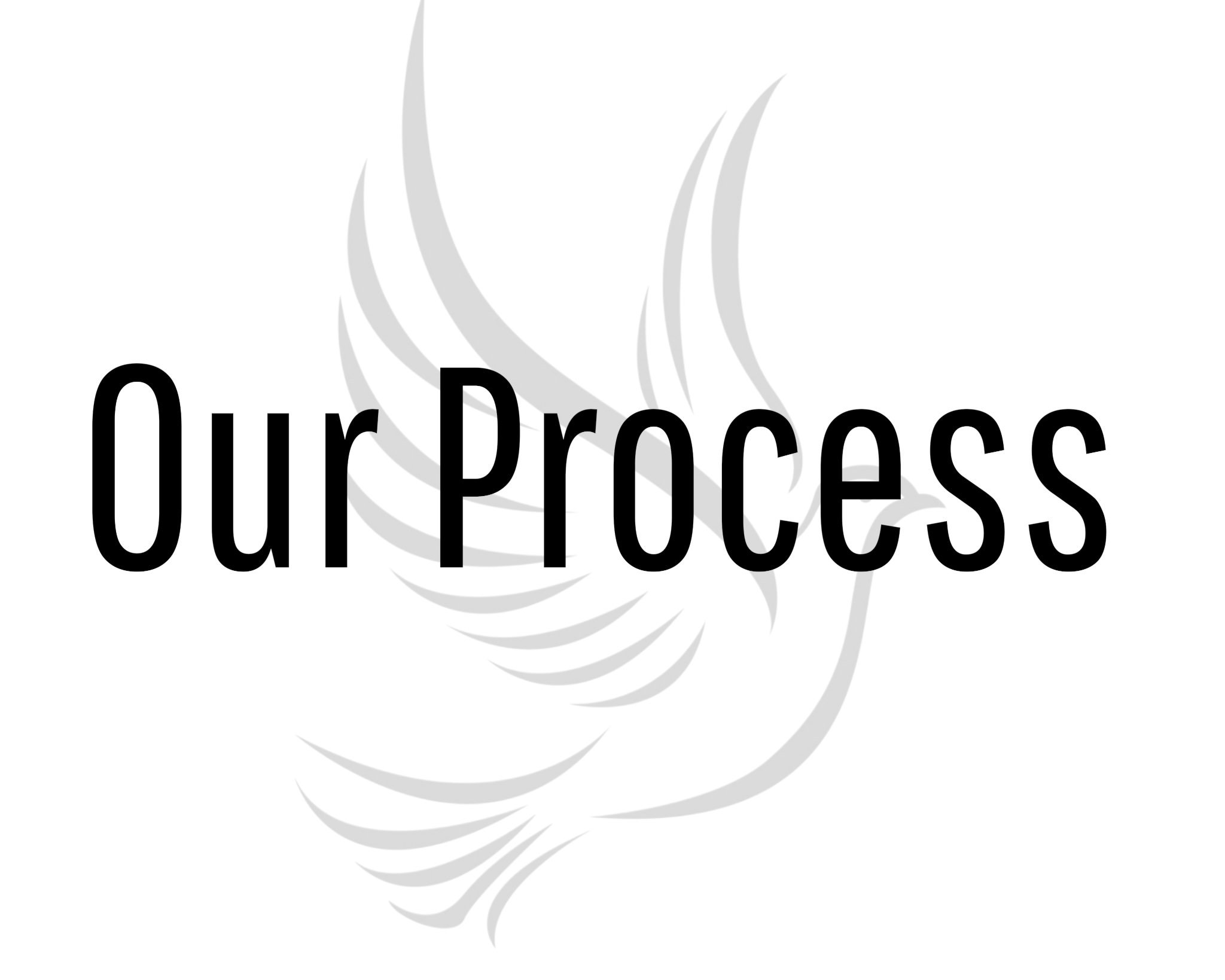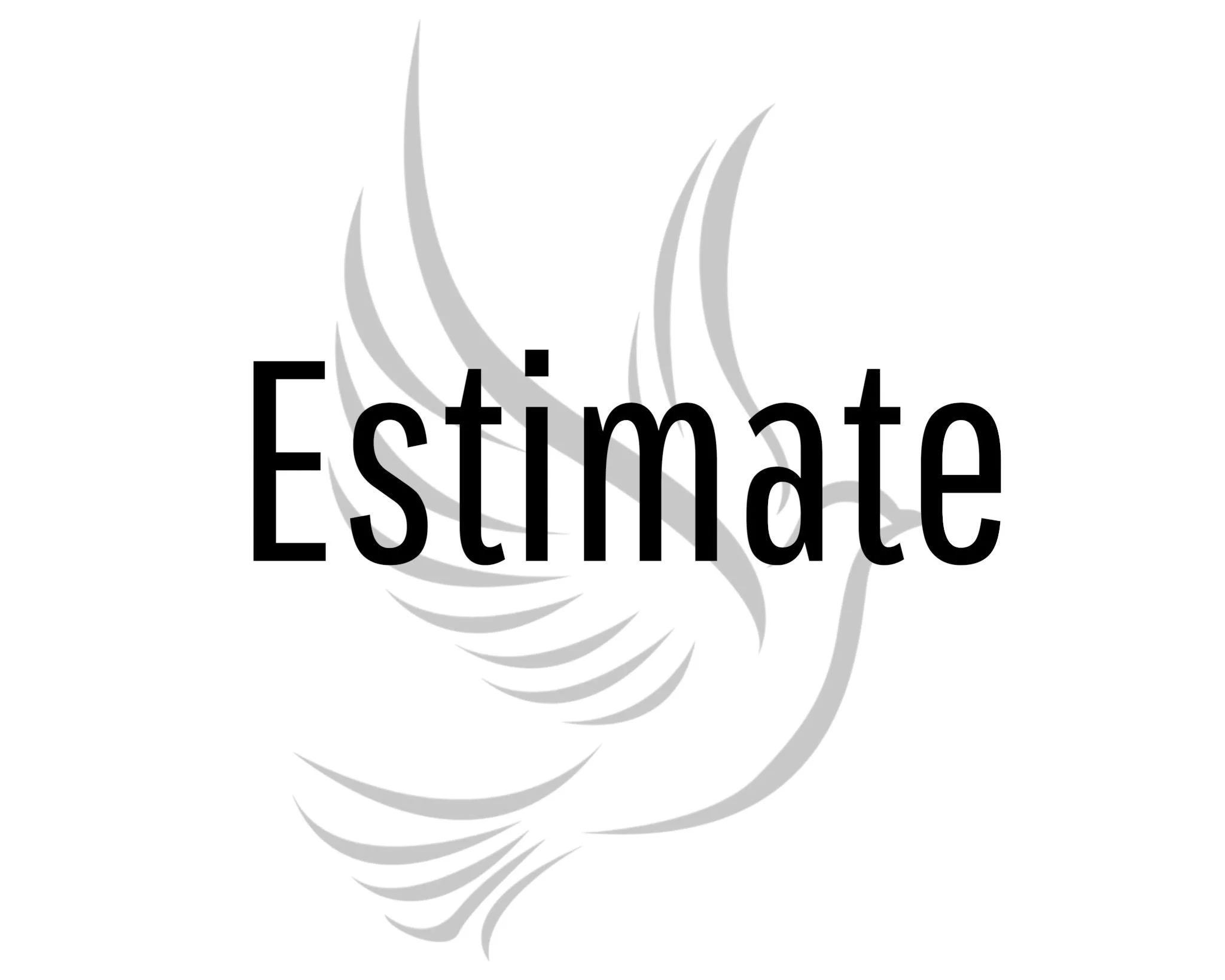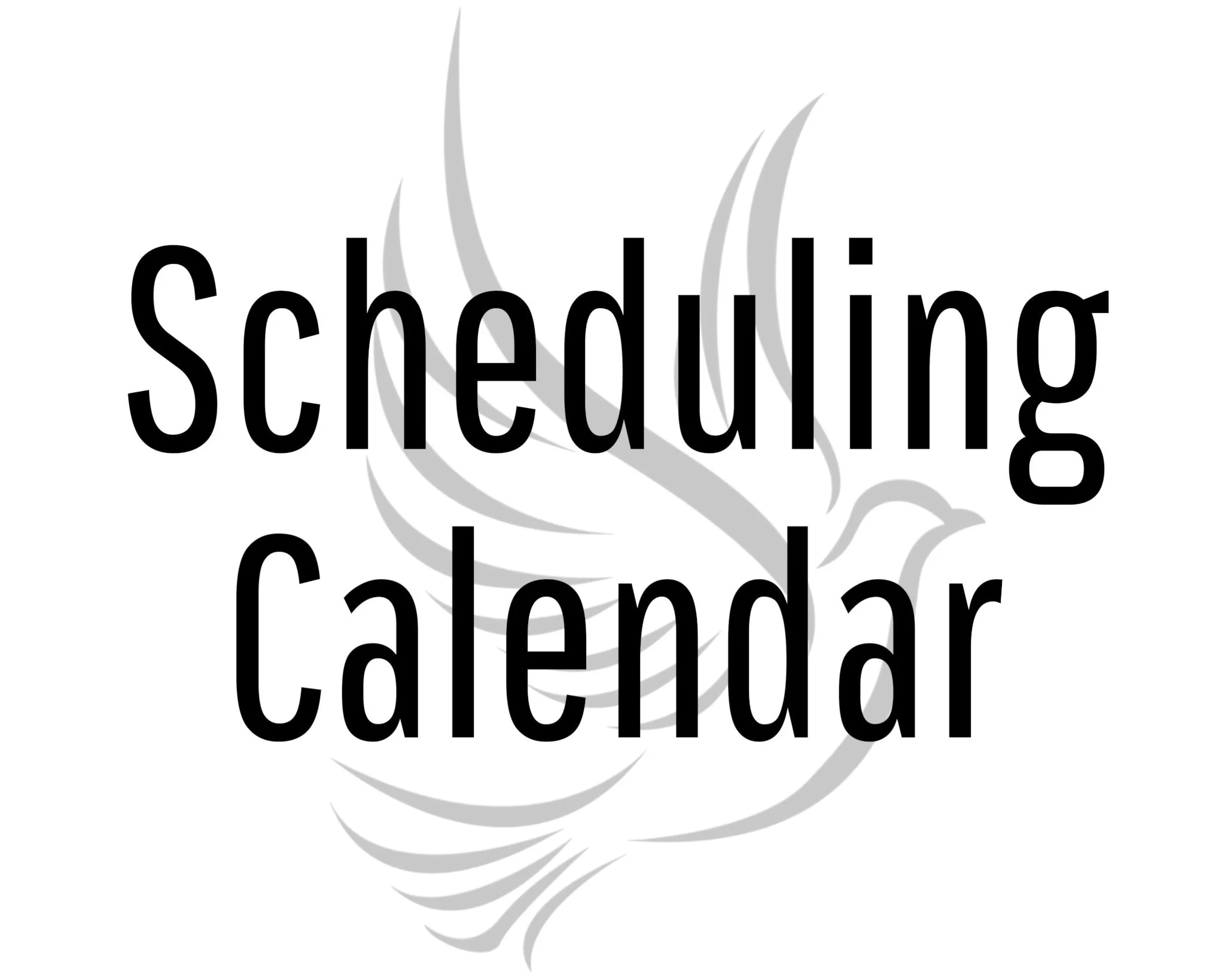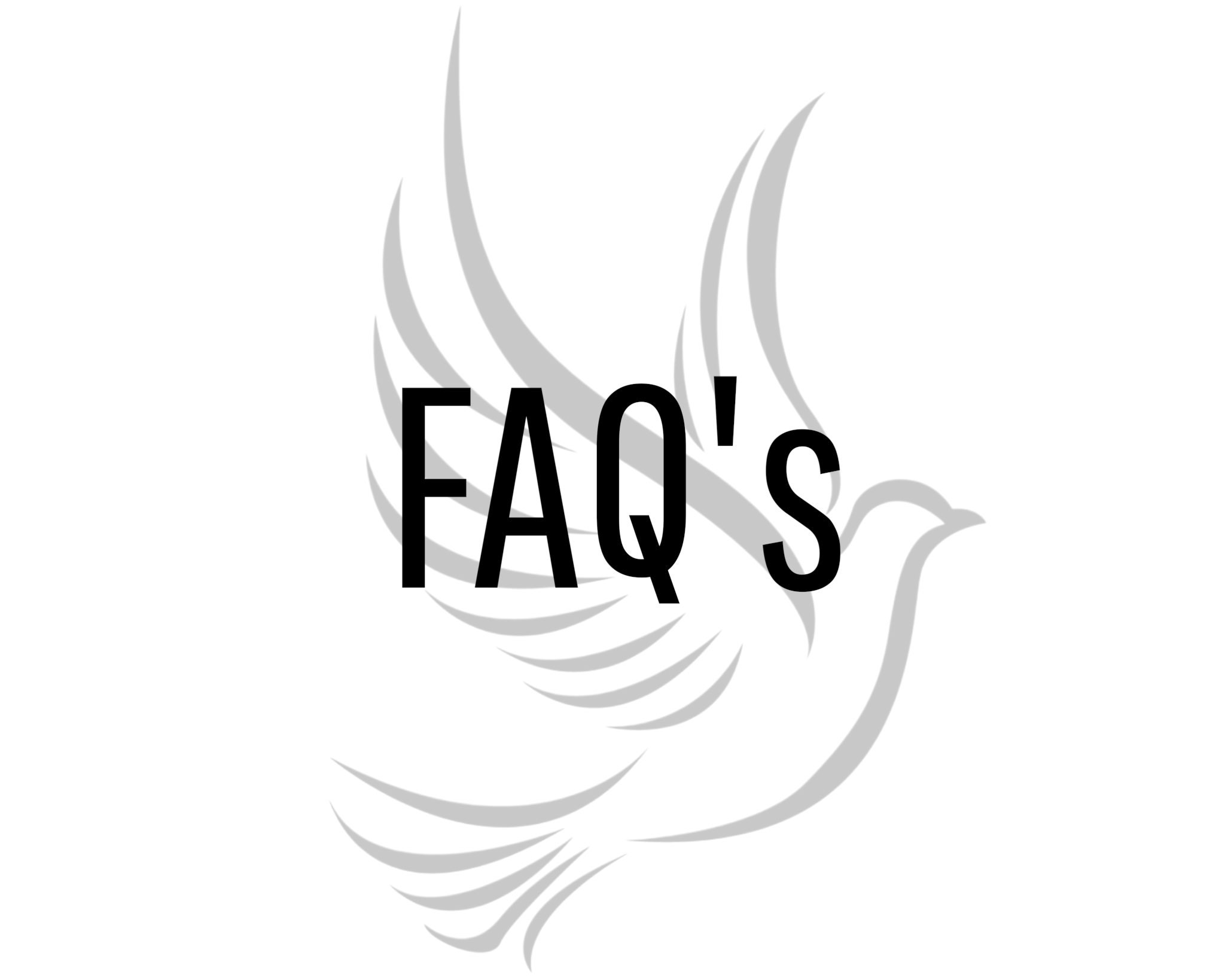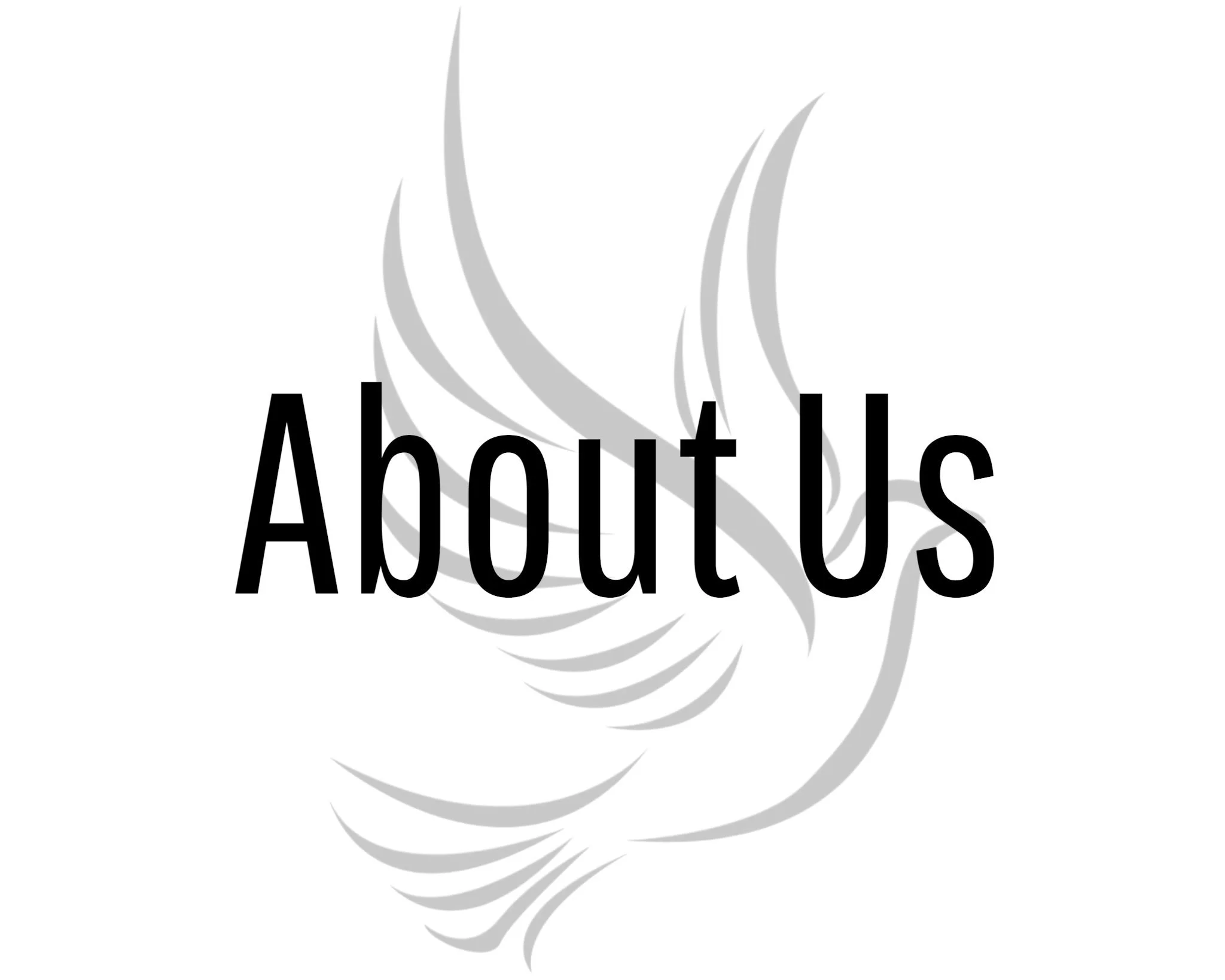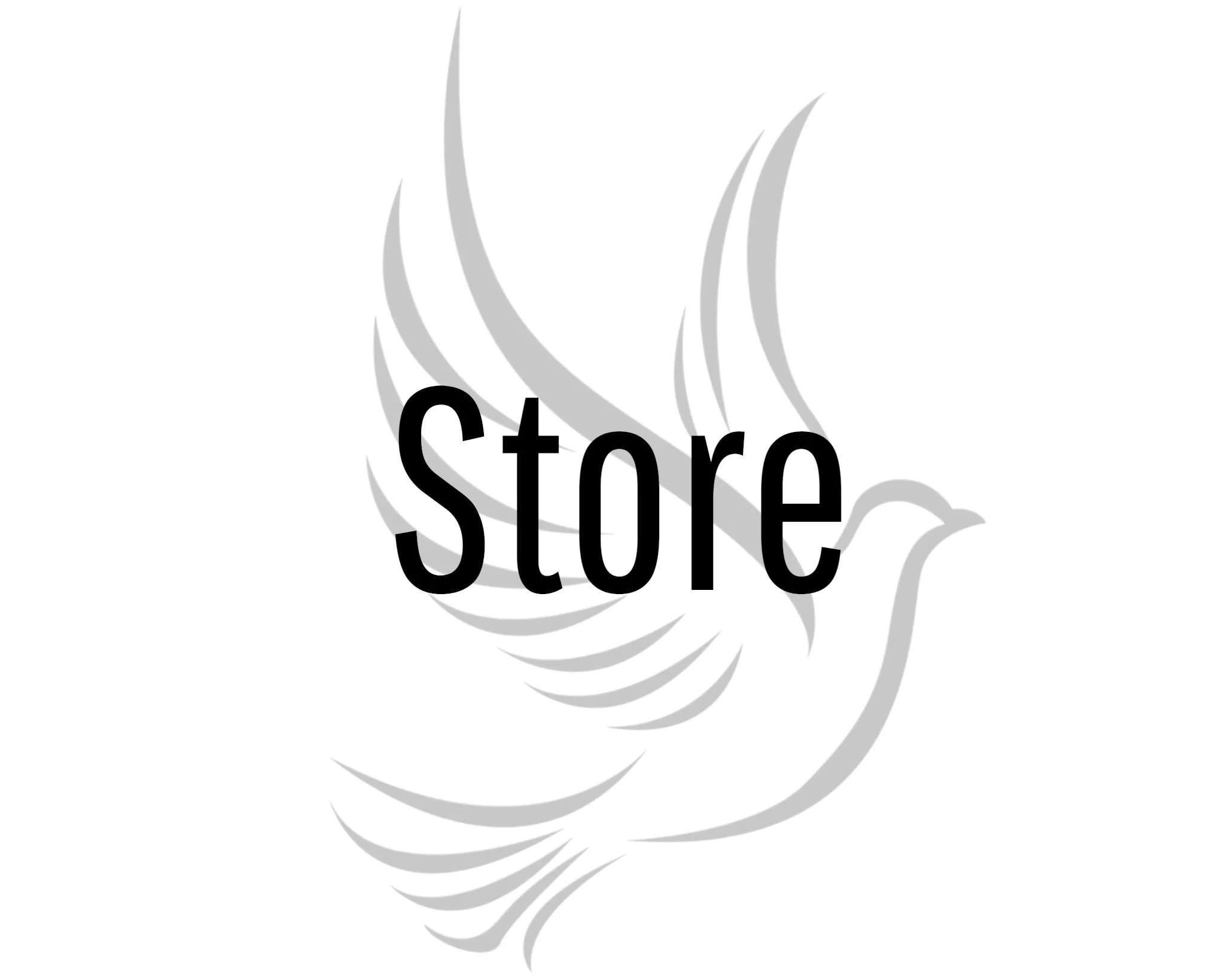Frequently Asked Questions
-
We only need one measurement. Open your Bible and measure length wise from the top of your Bible’s page, to the bottom of your page (Not the Bible’s cover.) The length of Bible’s text block is all we need. That measurement will determine if your Bible is a small, medium, large, or extra large Bible for pricing.
-
We currently have a eight (8) month wait time once you’re listed in our rebinding queue. The wait list allows you to keep and use your Bible until we are actually ready to rebind your Bible. We now provide a Rebind Scheduling Calendar (at the bottom of this page) that allows you to sign up for a specific date to send us your Bible. The Calendar shows you the available shipping dates, listed in Bold. We typically turn around your Bible in two weeks after receiving your Bible. You can use this calendar to select a time frame convenient for you. No more worrying about your Bible being rebound and arriving in a week you won’t be home. You may want the earliest available date, or you may want to wait and signup for a later date in the year. You can lock yourself in to a specific rebind period, then finish your design, submit your Quote Request, and approve the Estimate. (We still require an approved Estimate to order any materials we may need for your rebind, and before we’ll start the actual rebind.)
Our Turnaround Time
After we receive your Bible, you should typically expect to see your Bible ready to send back to you within two weeks.
The following is our process:
1.) Review our Facebook posts, website portfolio, and the “Design Options” section on our website for ideas for your Bible’s rebind.
2.) Complete our quote request form .
3.) We’ll email a proposal based on your specifications for review. Carefully review and request any changes you may have.
4.) Approve the proposal if you wish to proceed. (We work from your approved proposal.)
5.) Review our Scheduling Calendar and select an available date to ship your Bible to reserve your place in our wait queue. (Our current wait time is eight (8)+ months . Our turnaround on your Bible once we receive it is 10 - 14 days.
6.) You’ll receive a confirmation email after signing up on our scheduling calendar. A reminder email will be sent one week before before your scheduled shipping date, three days before, and the day before. All three reminder emails will include our shipping address.
7.) We rebind your Bible.
8.) We’ll email an invoice for your Bible rebinding project when it is complete and ready to return to you. Your invoice will provide an online payment link for convenient online payments.
9.) We ship your Bible via prepaid USPS Priority Mail upon receipt of your full payment. Tracking information will be emailed.
We accept American Express, Apple Pay, Discover, Google Pay, Mastercard, and Visa payments.
-
We do not. All we ask for before beginning a rebind is an approved estimate. We use the approved estimate during the rebinding process to determine what you want your Bible to look. An invoice will be emailed to you, along with pictures of your Bible when the rebind is completed. The invoice has an online link to process your payment.
-
Hand Saddle Stitched Perimeter Stitching provides more than just an aesthetic purpose with Bible rebinds. A hand sewn saddle stitch reinforces the construction of your Bible’s perimeter. While it doesn’t happen often, glued perimeters do occasionally fail. We want to make sure your Bible rebind lasts as long as possible. Hand stitching takes time, but we choose not to rebind a Bible without including it in our standard rebind process. Hand stitching is included in all of our rebinds.
-
Almost all Bibles have some form of stamping. You’ll most commonly see gold or silver foil stamping on new mass produced Bibles. Custom rebound Bibles offer you the opportunity to stamp many different colors, or use “blind” stamping. “Blind” stamping is created by stamping your Bible without any foil. Some leathers are better suited for “blind” stamping than others. (Cowhides are generally excellent leathers for “Blind” stamping.)
-
Yapp is the portion of the leather cover extending beyond your Bible’s text block. We offer three Yapp lengths, Standard, Semi, and Full Yapp. Standard Yapp extends 3/8” beyond your text block. (Standard Yapp looks the most similar to most mass produced Bible covers.) Semi yapp extends beyond the Bible’s text block and wraps around the edge of the text block to partially cover and protect the text block. Full-Yapp extends beyond the Bible’s text block and wraps around the edge of the text block and fully protects the Bible’s text block as the yapp touches the other side’s yapp.
-
“Breaking-in” your Bible is a process that loosens up a new, or rebound, Bible so that it will lay flat. This process is especially helpful with edge-line constructed Bibles. You’ll typically want to do repeated “break-ins” when you first receive a new or rebound Bible. We provide a video on our YouTube channel that explains "How to Break In Your Bible."
-
Our “Process” page explains the process, and includes a form to complete for your custom rebind proposal. We’ll be happy to email your custom proposal based on your specifications.
-
Simply explained, it is a flattened paper tube inserted between the spine of a book and its cover to strengthen the spine and allow the book to be opened flat more easily. We include this construction in most of our rebinds. (Some rebinds are small enough that an Oxford Hollow serves no measurable purpose.)
-
Gilding is the color shown on the edge of a Bible’s pages, often a gold or silver color. This process has been carried on for many generations of book binders for decorative purposes, giving each Bible a classic, elegant appearance.
-
Art gilding (Page Dye) adds a color to the edge of the pages. This tint is created by adding a thin coating of a specified color dye onto the edges of the book block. Art gilding is used to create a unique look that is typically found on premium Bible lines, most commonly noticed when the Bible lays open.
-
The edge-lined binding method directly connects the cover and the book block together. All of our rebinds are edge-lined construction.
-
A collective unit of signatures (groups of folded pages) that have been sewn or glued together. Once this step is done, the Bible is ready to receive a cover. sewing is a method of book binding where groups of folded pages (referred to as signatures) are stitched together using binder thread. Each folded signature is sewn together individually with multiple stitches and then joined with other signatures to create the complete book block. If you page through a Smyth-sewn book, you can see the thread stitches in the center fold of each signature. Smyth-sewn binding is associated with durability and quality, and is able to stand up to years of wear and tear.
-
Publishers have two different construction styles when they create any book, not just a Bible. One type of construction is constructed like your Bible. The other construction method is known as a sewn spine. Sewn spines are the preferred construction method as each page is ultimately sewn into a solid spine. That type of construction will far outlast a glued spine. While every book/Bible has some type of glue helping hold the text block together, a glued spine relies completely on glue. There's no thread helping hold the pages in place. (I'm simplifying the total extent of the difference in these constructions, but I hope it helps you understand the difference.)
Glued spine books/Bibles will eventually fail, and much sooner than a sewn spine. Typically the first thing you see happen is individual, or a section of text, breaking loose from the rest. Once this begins, it will only get worse. A key difference from glued and sewn text blocks is the way the pages are assembled. In a glued spine block, the pages are laid one on top of the other, individual sheets, that are only held in place by a thin layer of glue as the spine.
A sewn spine is completely different. Multiple "signatures" are created. A signature is a group of pages stacked one on top of the other, The paper is longer, allowing the pages to be folded in the center, which becomes known as the gutter in a book. Thread is then stitched through multiples of these pages in the center fold. Each signature is secure to itself. All of the signatures are then stacked in order and the thread then stitches all of the signatures together as the spine and glue is used to fully seal the spine. The strength of this construction is considerably more than the other method.
Rebinding is expensive, so I want you to be able to make an educated decision. I generally tell people I don't really recommend rebinding a glued spine Bible. However, some have specific sentimental reasons to do it. Can it be done, Yes. Can I reinforce it and make it stronger than it was originally made? Yes, to a point. The only thing I can do to reinforce it is to put the block back together and cut grooves, about 1'8" deep and about one inch apart, all the way along the spine. I then insert and glue in cords. Those cords will mimic a sewn spine, but it still won't equal a well made sewn spine.
A drawback to inserting cords is that it will tighten the gutter (the center part of your Bible where the opposing pages meet. Tightening the gutter will cause the text to roll into the gutter more than previously, possibly making it a little tougher to read in that area.So adding the cords has its strength and weakness. I also mention that the Bible will be stronger, it still won't match the strength of a sewn spine.
I always tell people that the choice is theirs, but I am not a huge proponent of rebinding glued spines. Only you know your reasons for having it done. I simply say it can be done. I also point out that you would need to be careful if you decide to keep it as reference and buy a new Bible. Always try to determine if that Bible has a sewn spine. Publishers moved heavily into glued spine Bibles in the '90's and early 2000's. Backlash from customers, with the same issues you're having, made them re-evaluate in the early 2010's. They still use glued spines, but they are offering more with sewn spines today. You can find sewn spine Bibles in the upper $20 range, and up. However, if you aren't careful, you'll find a glued spine in the $40-$50 range. Christianbook.com has done a respectable jb specifying when a Bible is a sewn spine in their sale descriptions. Bottom line, do your homework if you go that direction.
I've given you some things to consider, and it can be difficult. Especially if it has sentimental value. I hope my explanation tells why I find it hard to justify the cost of rebinding glued spines. I always prefer to think long term, not short term. I also want to make sure you're ultimately satisfied.
-
Glued, or “Perfect Bindings”, are text blocks comprised of either single leaves or folded sections of paper held together solely by adhesive and typically will not be as durable as Smyth Sewn Bibles.
-
If you can get to the center of one of the little signatures, look for sewing or stitching running down the length of the spine edges of the pages — in the gutter, in the center of the folded middle page. If you see threads, you have a sewn binding.
-
Decorative pieces of fabric or leather that run along the top (head) and bottom (tail) of the spine of the book.
-
A book block is a collection of pages, usually in the form of folded signatures, that are not yet bound with the cover.
-
Our preferred method of return shipping is via the United States Postal Service (USPS) Priority Mail. Return ground shipping is included in your rebinding cost. We will ship via UPS or FedEx ground upon request. Expedited shipping is available at an extra expense.



